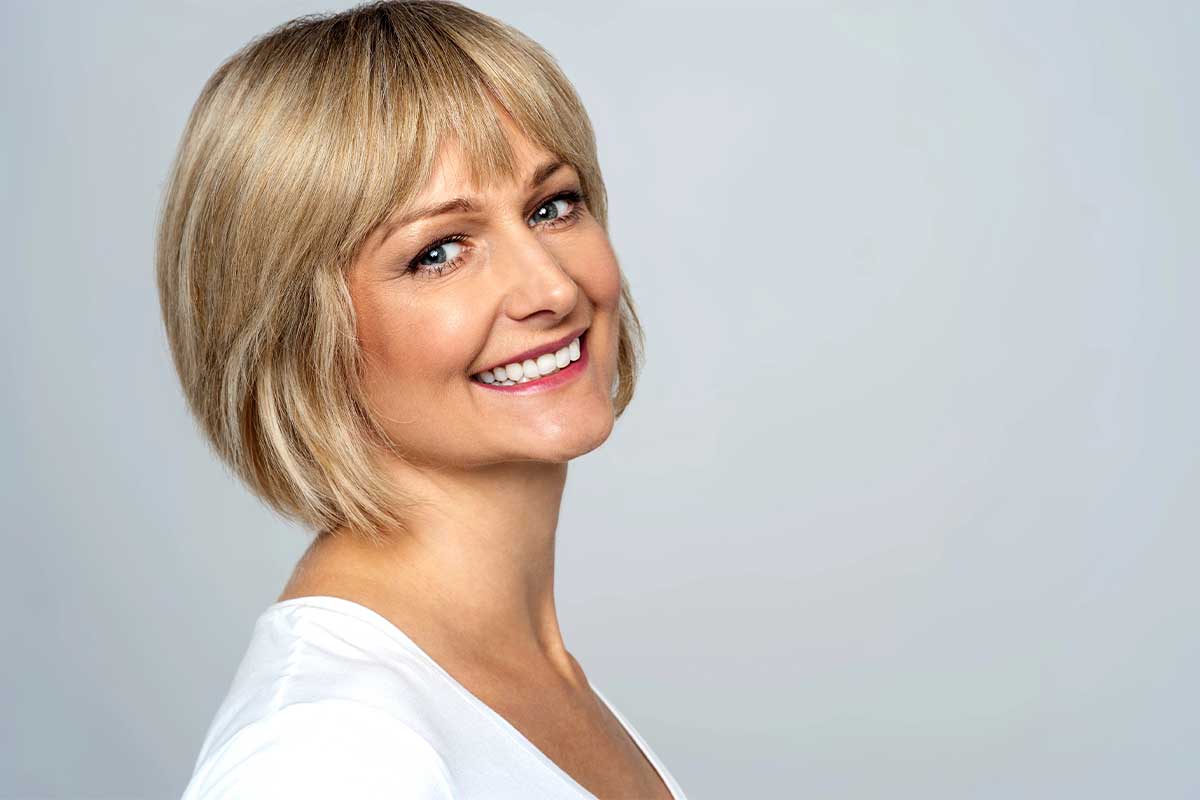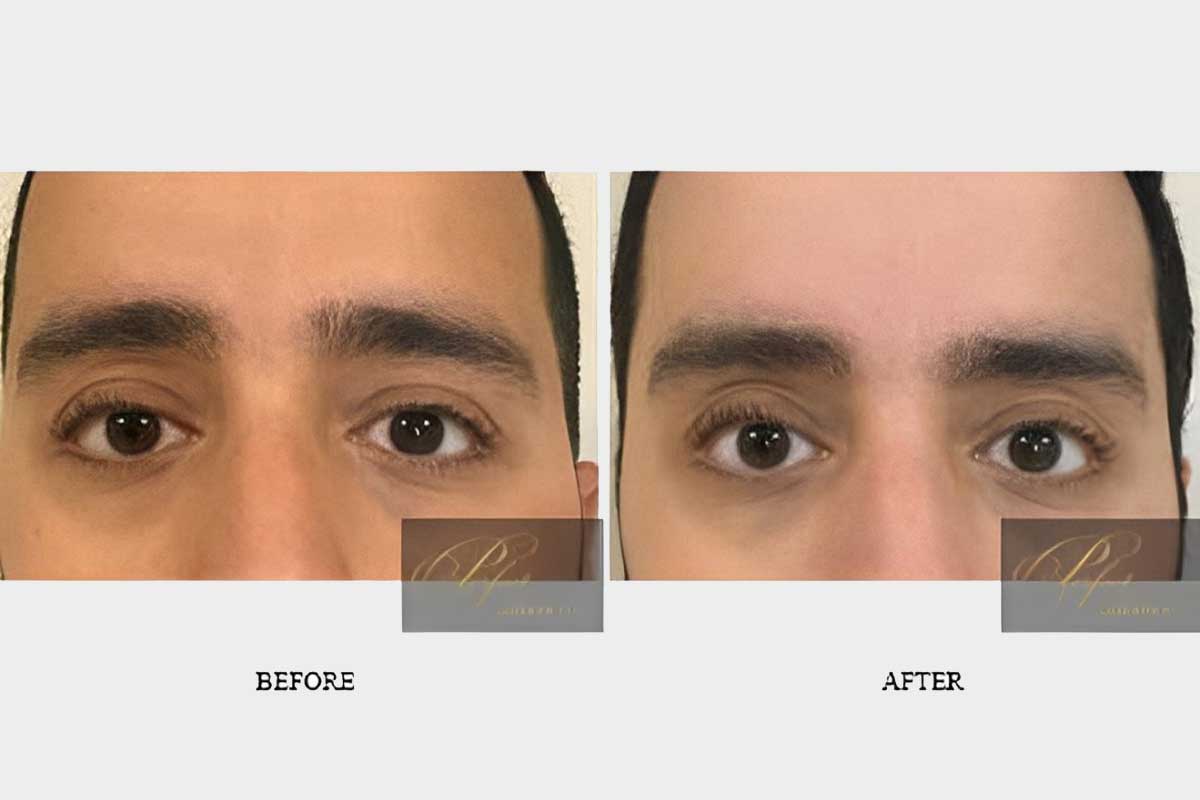
01
Jul
Why You Need a Good Exam

A skin exam is just what it describes: an evaluation to thoroughly examine all areas of your skin, especially places difficult for you, as the patient, to examine. I take pride in providing you with a comprehensive exam so that you may rest assured regarding skin health. Although other physicians may look at your skin, a Board-Certified Dermatologist is the most knowledgeable and usually the most thorough in this regard and is also equipped to address anything found.
Is a yearly skin exam necessary?
Skin exams aren’t necessarily to identify cancerous lesions; instead, they are a detailed view to look at all aspects of your skin health and an opportunity for improvement. Sometimes a patient isn’t aware of what they can do for frequent ingrown hairs, dry skin, dark spots on the face, or thinning hair. These issues may all be addressed.
Doing a yearly skin exam, instead of a targeted exam of one problem, has benefits. A patient is often worried about a particular mole that is harmless, but we do a full skin exam and find something else that is more worrisome that the patient felt was “nothing.” This, more often than not, is how skin cancer may be discovered.
Currently, there are no definitive FDA guidelines on whether and how often this exam should be done, as a unified consensus has not yet been reached. As a Dermatologist, I feel strongly that a skin screening should be done at least yearly, especially given our Florida geography. A combination of our abundant sunny days, high altitude, and outdoor lifestyle earn us this title. Most skin cancers are preventable (peak hour sun avoidance, protective clothing, proper sunscreen usage) and curable if identified and treated early. This is where the skin screening comes in. In some cases, patients should be seen more frequently.
A patient with a history of Basal Cell or Squamous Cell Carcinoma should be seen at least once a year and usually every six months if within a year or two of diagnosis. Those individuals with a personal history of Malignant Melanoma need to be seen every three months for the first six months and then every six months for the next five years. After that, most melanoma patients are seen once yearly. Of course, if you develop a suspicious lesion: one that is changing size, shape, color, or a sore that hasn’t healed within six weeks, it is always recommended that you come in and have it evaluated, rather than waiting for the time of your next routine evaluation.
What to expect during your exam
Skin exams are almost always done with the doctor and the medical assistant in the room. We will provide you with a gown and ask you to remove all garments and jewelry. Some patients wonder if it’s necessary to remove undergarments. Even though these areas rarely see the sun, they are not immune from skin cancers and other skin diseases, so I recommend including them in your evaluation. Of course, if you are more comfortable skipping this part of the exam, let us know, and you may leave your undergarments on.
I start with the scalp and hair and move to the face, neck, and ears. It’s vital to apply little-to-no makeup for this visit, especially if there is a facial concern. If it is more convenient, you may wash your face and reapply products/makeup at our office after your exam. The chest, abdomen, and back are evaluated, as are the arms, legs, genital, and buttock areas. I will also assess your hands, and feet, between your fingers and toes. I also routinely look at the axillary vaults.
You may also want to remove nail polish before your visit, as skin diseases can exist underneath the nail (acral melanoma and fungus, to name a few). For a history of invasive melanoma and cutaneous squamous cell carcinoma, I routinely check the major lymph node basins: the cervical (neck), axillary (armpits), and inguinal (groin) areas. A skin exam may also include an evaluation of conjunctivae (mucosal surface of the eyelids), oral cavity (mouth), and vaginal mucosal surfaces. These are not routine, but if there is a concern, I am happy to evaluate and address any concerns.
What can i do at home to monitor my skin?
Like the frequency of a self-breast exam, I recommend you look at your skin thoroughly once a month. Use a mirror to evaluate hard-to-see areas. What you are looking for is new or changes in existing lesions. Dermatologists recommend to patients the following pneumonic when evaluating moles: The A, B, C, D, and Es of Melanoma.
A: Stands for Asymmetry, meaning one side of the mole doesn’t look like the other. The two sides are not uniform.
B: Border Irregularity. Instead of a uniform smooth border, an atypical or cancerous mole will often have a smudged or jagged border.
C: Color Variation. The color is not uniform throughout the mole. Dark brown, light brown, red, pink, black, and even white areas may be present in a worrisome lesion.
D: Diameter. A diameter of 6 millimeters or greater generally catches our attention. 6mm is the size of a pencil eraser head for easy reference.
E: The most crucial component to evaluating your moles … EVOLUTION, or change in a mole. If you notice any of your moles changing, you should get in right away to be seen.
How can I prevent skin cancer?
Most skin cancers are a combination of environmental exposure and skin type, although all skin, from pale white, almost translucent to the darkest brown skin, are susceptible. Only a tiny percentage of skin cancer is genetically linked. You can reduce your risk of skin cancer by wearing protective clothing and broad-spectrum sunscreen of 30 SPF or higher. Please, always wear sunscreen. Even when it’s cold, cloudy, or you are behind the glass (like in a car with closed windows), you are receiving UV rays. In fact, whenever there is daylight, UV rays are abundant. If you are in the sun, you must reapply sunscreen every two hours for it to remain effective in preventing photo damage. Avoid peak sun hours between 10 am and 2 pm.


